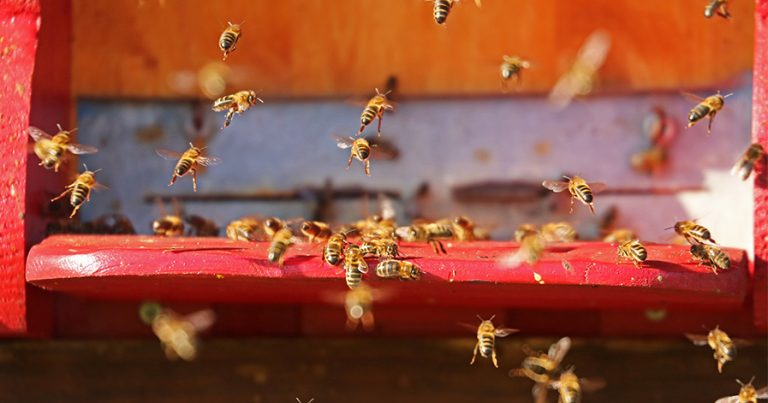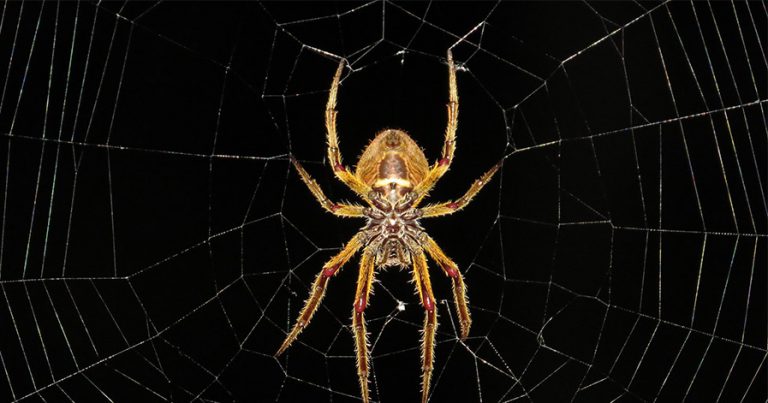The Buzz on How to Get Rid of Bees
Make Your Yard an Oasis Again
Spring is a beautiful season. It brings warmer air, sweet-smelling flowers and, unfortunately, bees. This can be a problem for just about anyone, especially those with allergies to bee stings. Fortunately, bee extermination isn't as difficult as you might think, and it's possible to do it yourself without a great deal of expense or effort. However, people with a severe allergy to bee stings should always seek professional help when it comes to bee removal.
Professional Bee Removal
When you have a professional team come in, they'll begin by figuring out what type of bee they're dealing with. For example, techniques used in honey bee extermination differ from those used to get rid of bumblebees. Honey bees, when threatened, may leave their nest and find a new place to begin a colony. When this happens, they may settle in the walls of your home, which is both inconvenient and dangerous. A professional beekeeper makes an excellent choice for professional bee removal.
The beekeeper will come in, properly attired in a bee veil and leather gloves, and knock on the walls to locate the hive. Once he does, he can remove the wall from around the nest, and, using smoke, clear the bees away so he can access the hive and its honey combs for removal. If the hive and honey combs are left behind, insecticide will need to be applied or the bees may resettle on them. Since most bumblebees colonize in the ground, this technique is only used for honey bee extermination. Rely on a professional if you have bumblebee extermination needs.
DIY Bee Extermination
Performing DIY bee extermination can be tricky. First, you'll need to get the proper attire. Both a veil and leather gloves are must-haves, especially if you're going to climb a ladder to get to the hive or nest. You don't want all the bees in your face while balancing 10 to 15 feet in the air on a thin two-legged piece of aluminum. Even if you are not allergic to bee stings, you're setting yourself up for a painful morning or afternoon.
Do not spray the insides of your walls with insecticide. You will only end up with dead bees and a rotting hive or honey comb that drips poison which can seep into your walls and cause further problems in the future. If you can, try dusting insecticide powder into the wall, and then when the hive is dead, remove it completely. Then, add more powder to inhibit further attempts to rebuild the colony.
When you tackle your bee problem is just as important as how you get rid of the invaders. New swarms can be dealt with relatively easily at any time, but established colonies come with more obstacles. If you're dealing with an established colony, you may want to wait until late winter or early spring, when there are fewer bees and a lower level of stored honey. In any case, it's always best to apply the insecticide in the late afternoon, when most of the bees are at the hive. Once all of the bees are exterminated, it will be much easier to remove the whole comb and all of the honey. If you time your strategy carefully, you have a much better chance of ridding your home of the bees for good.

